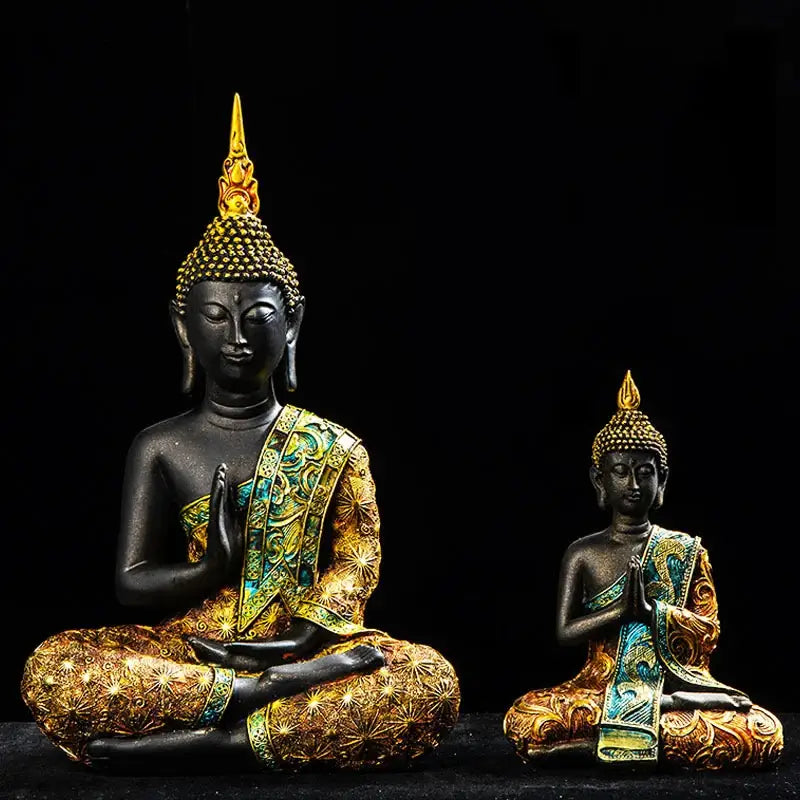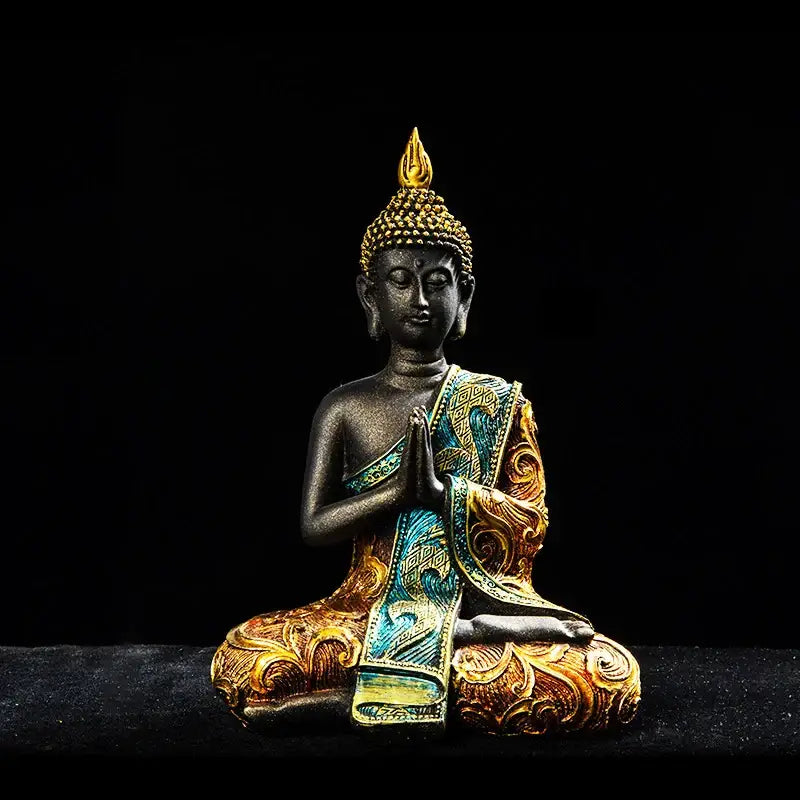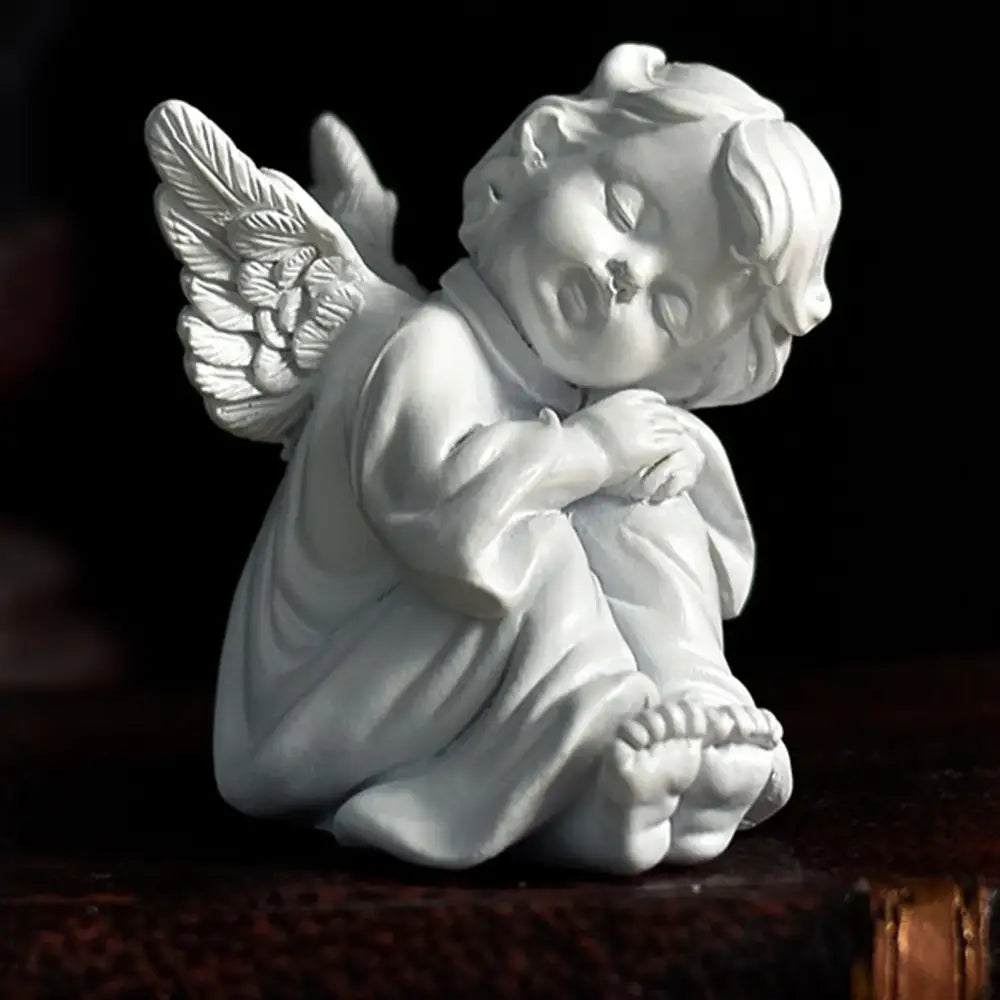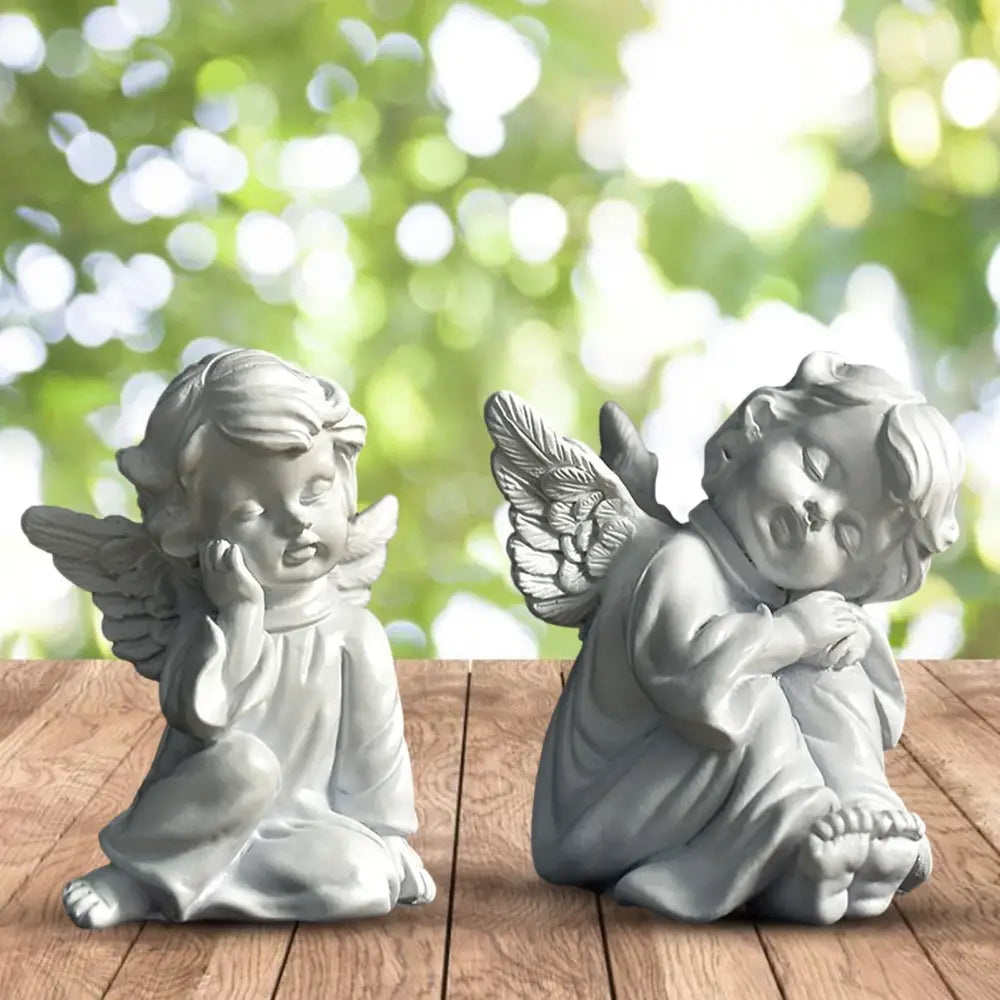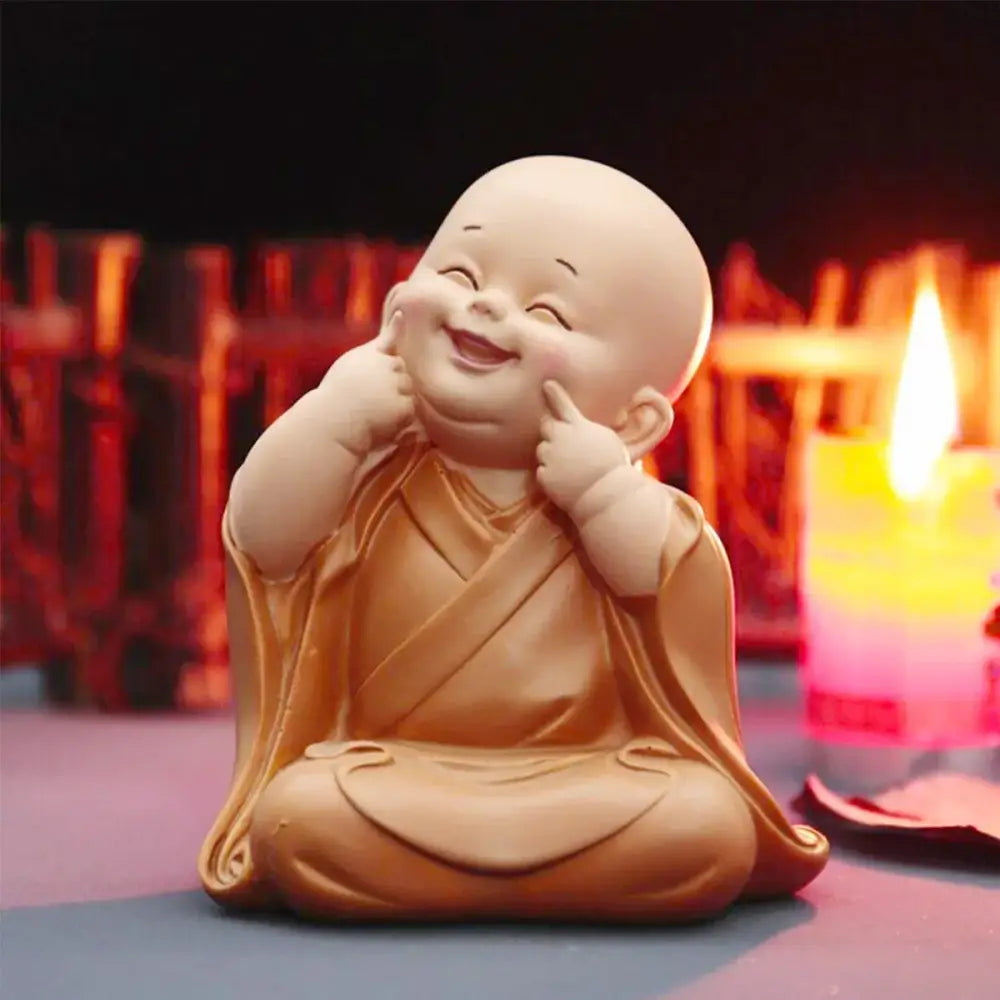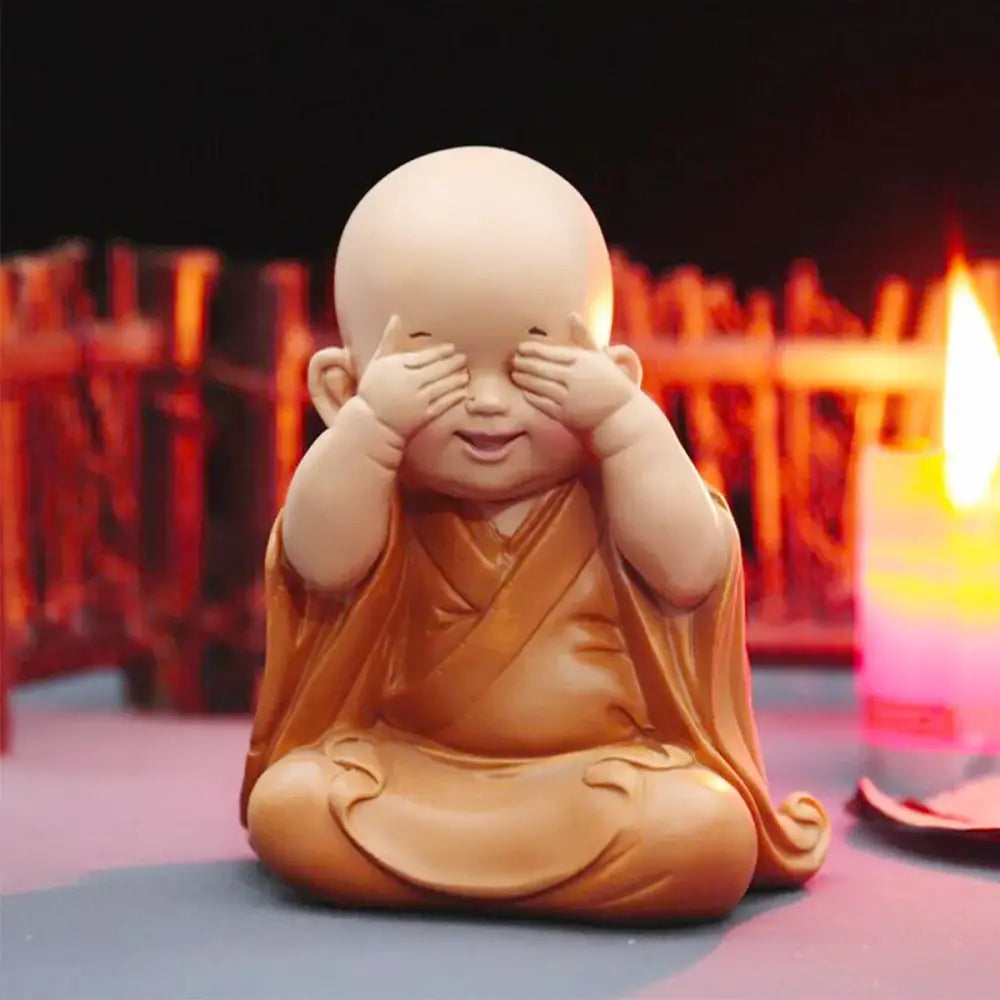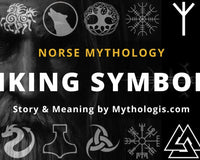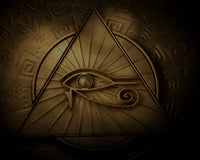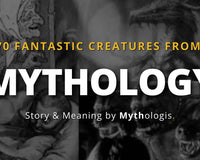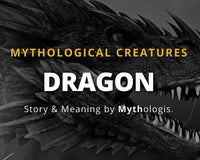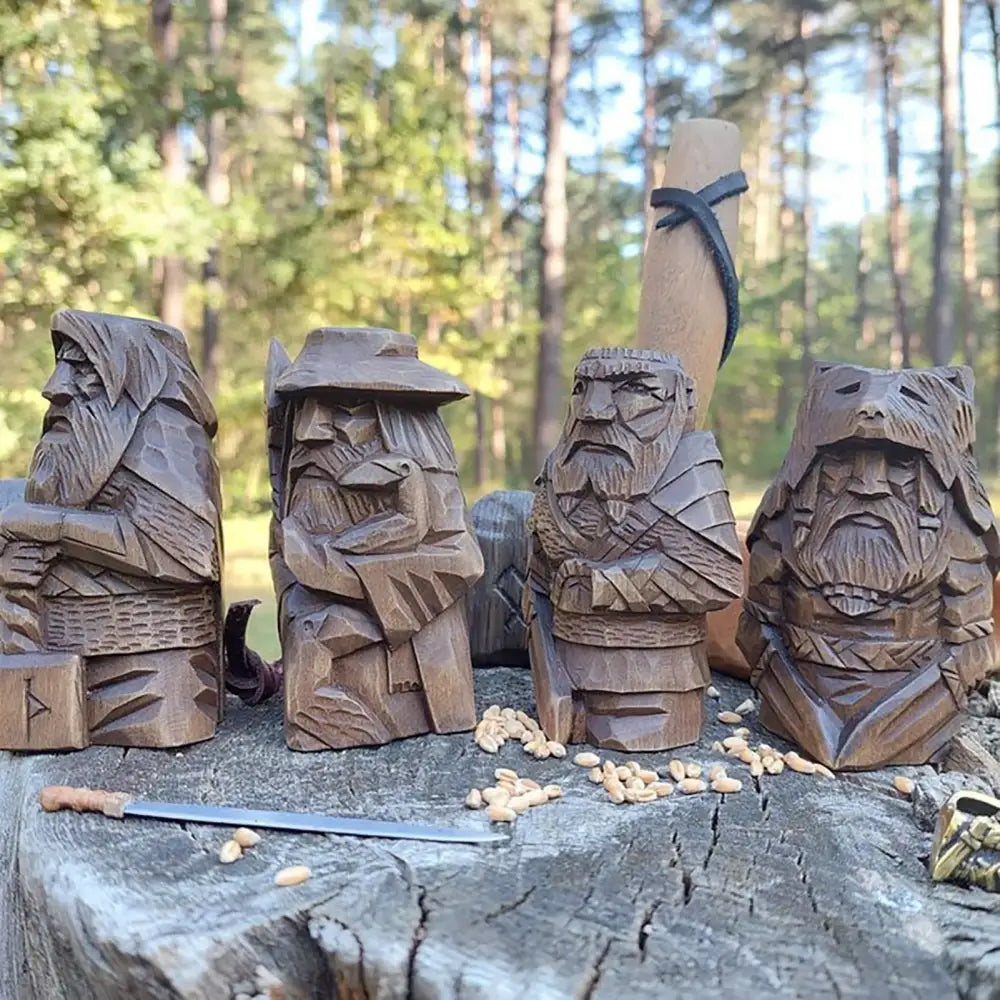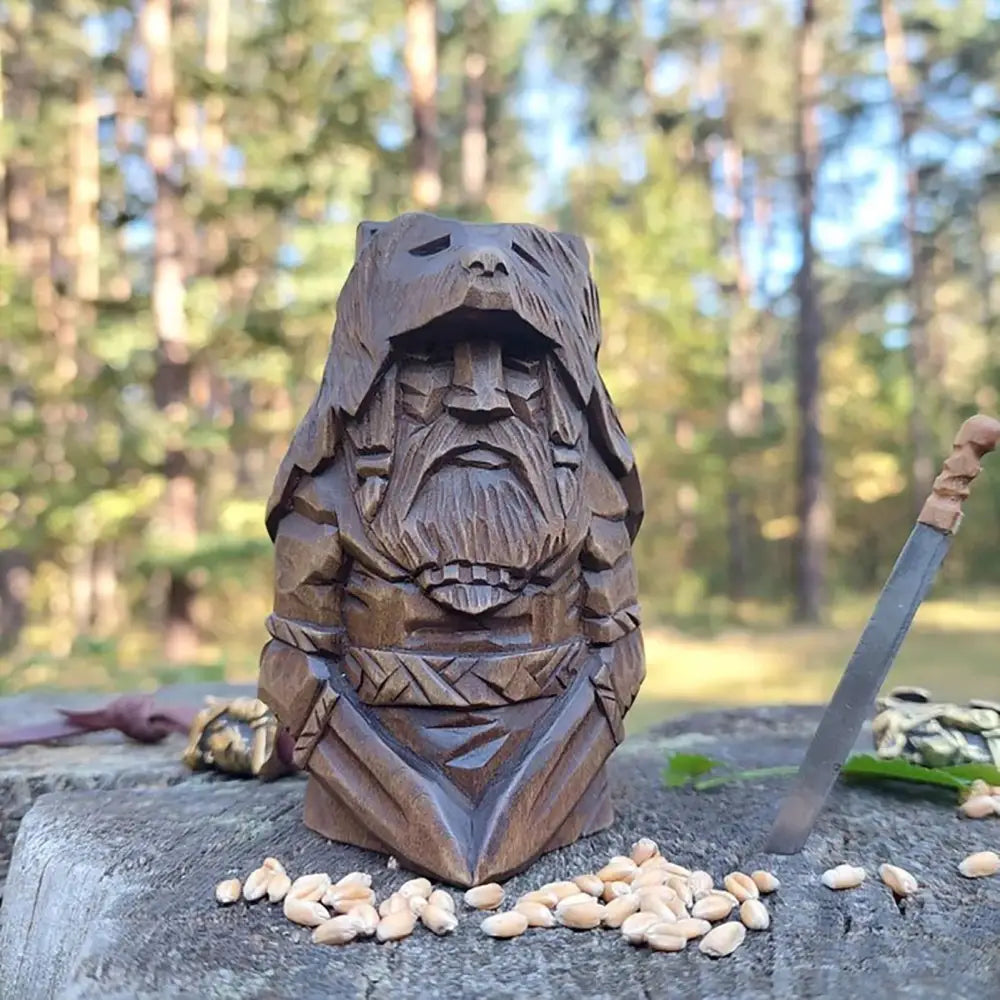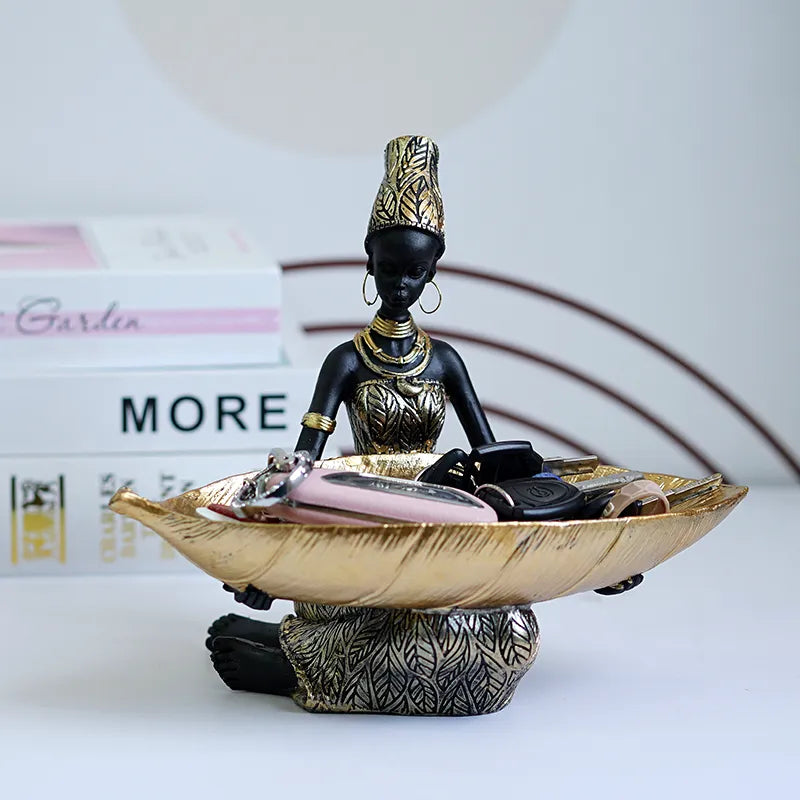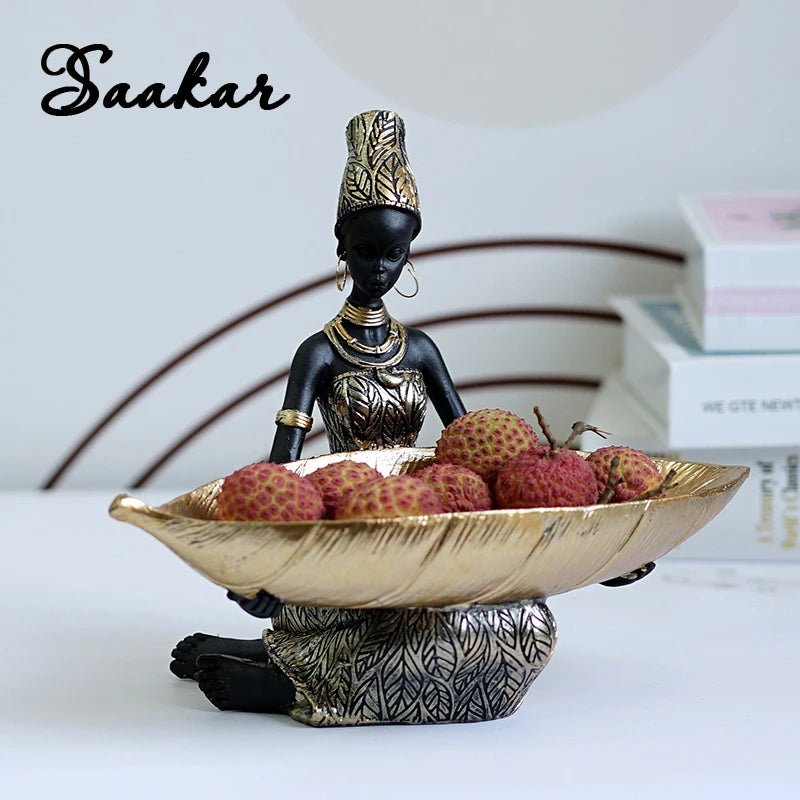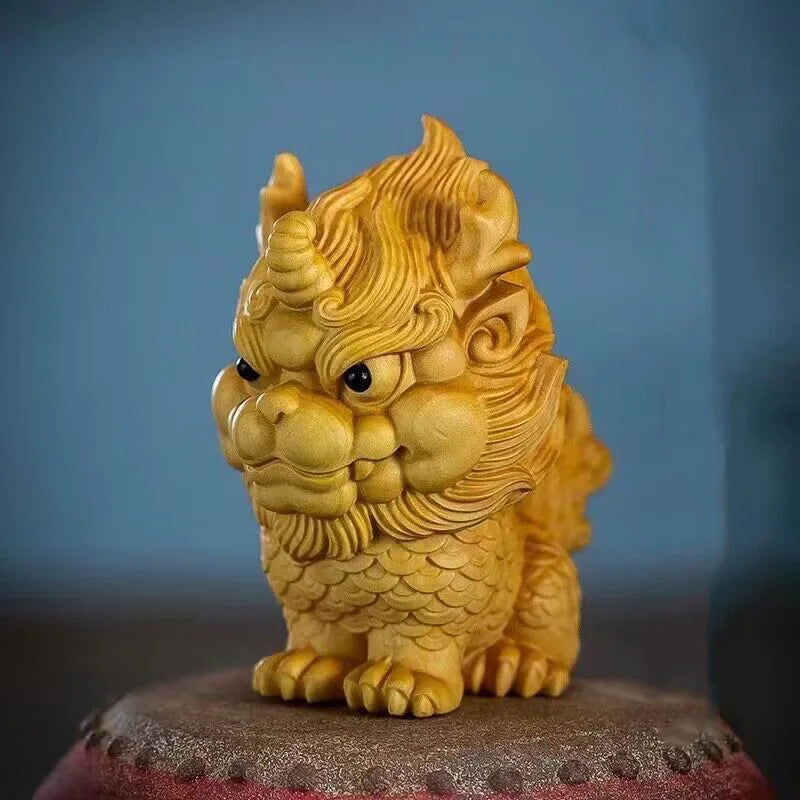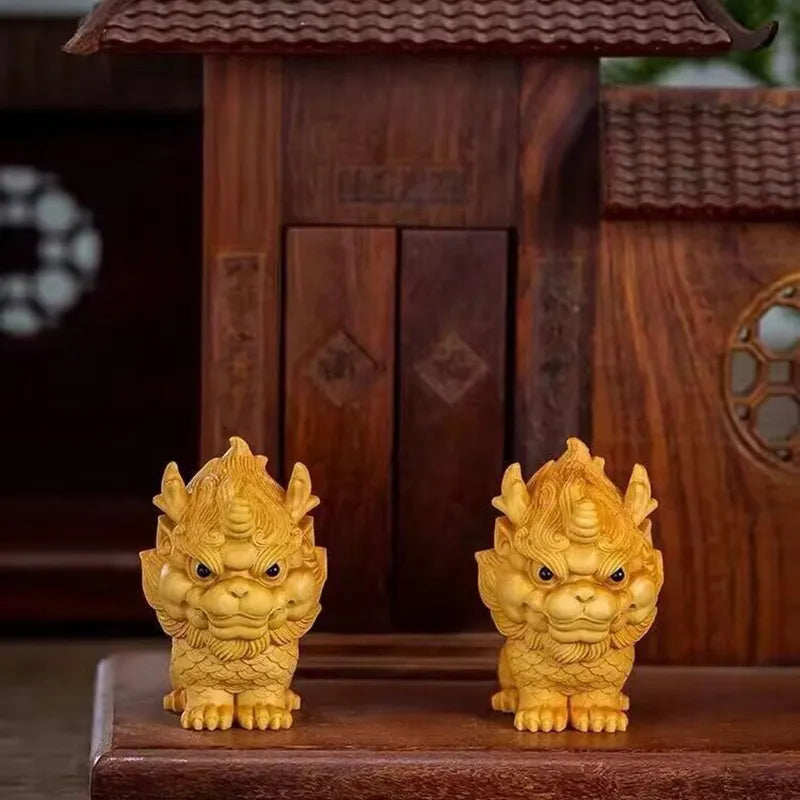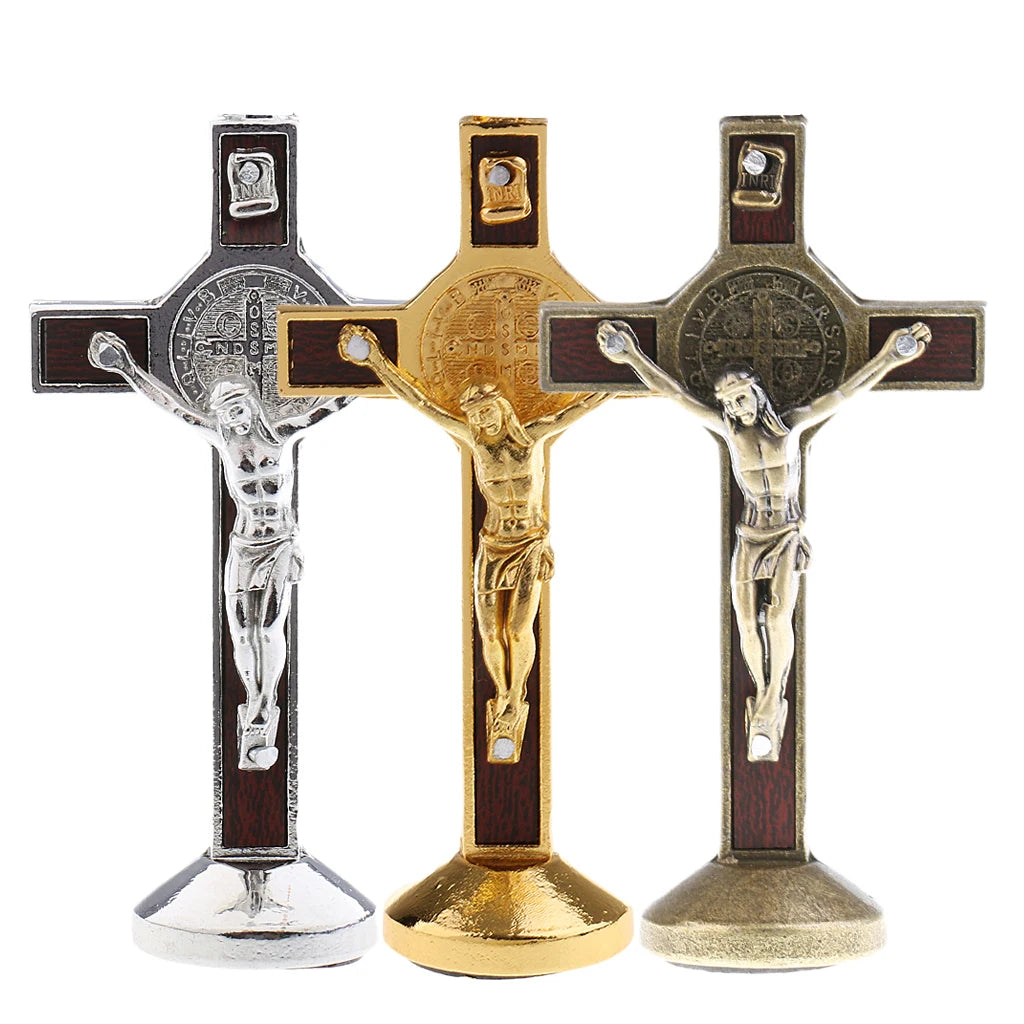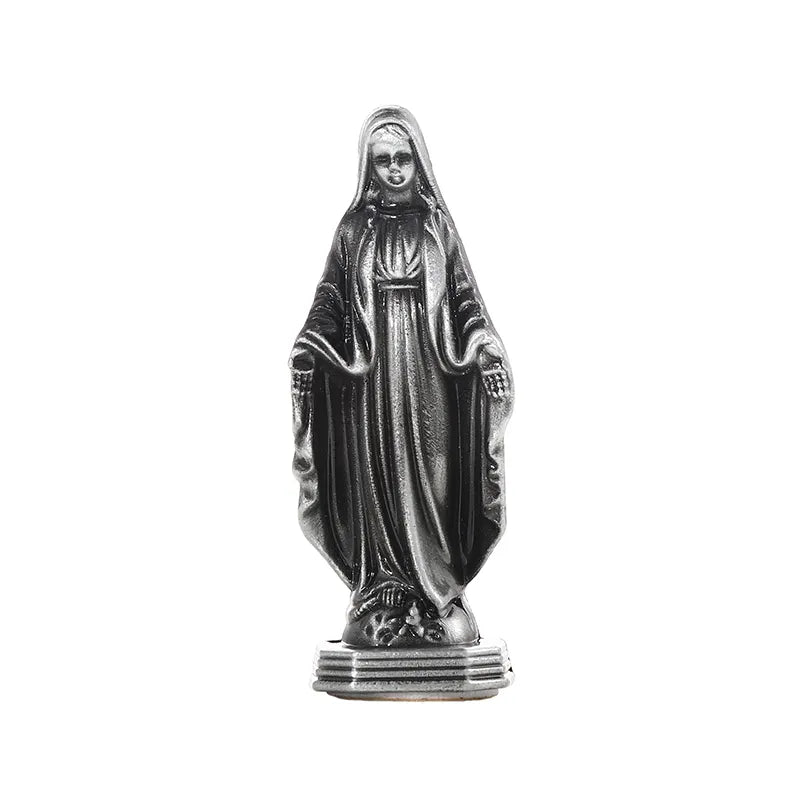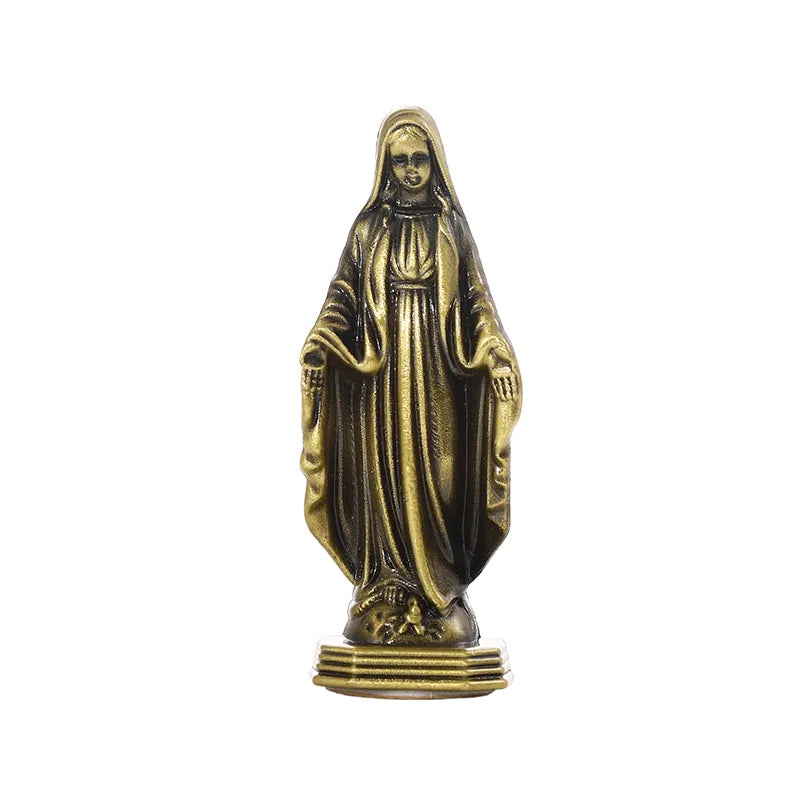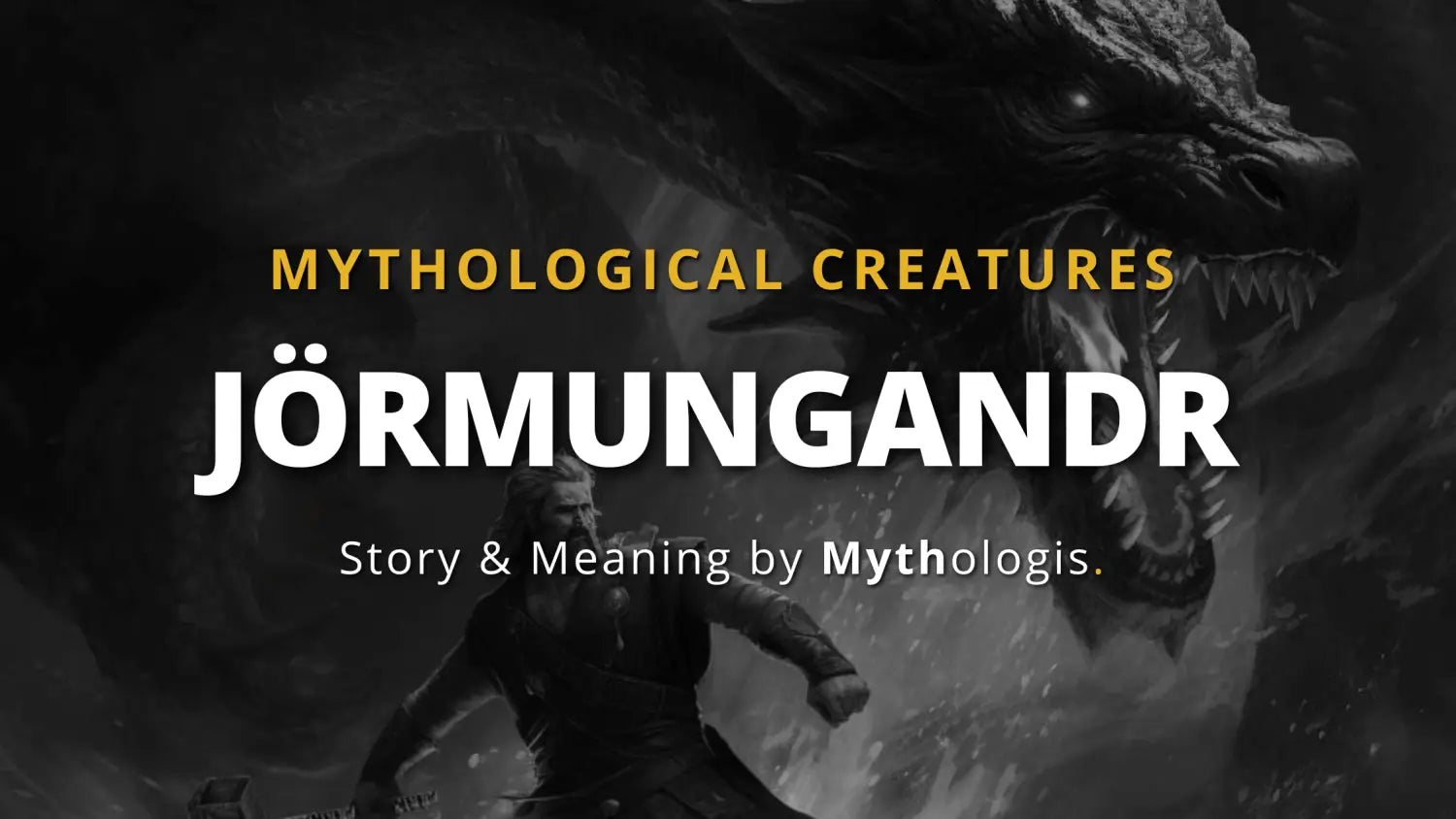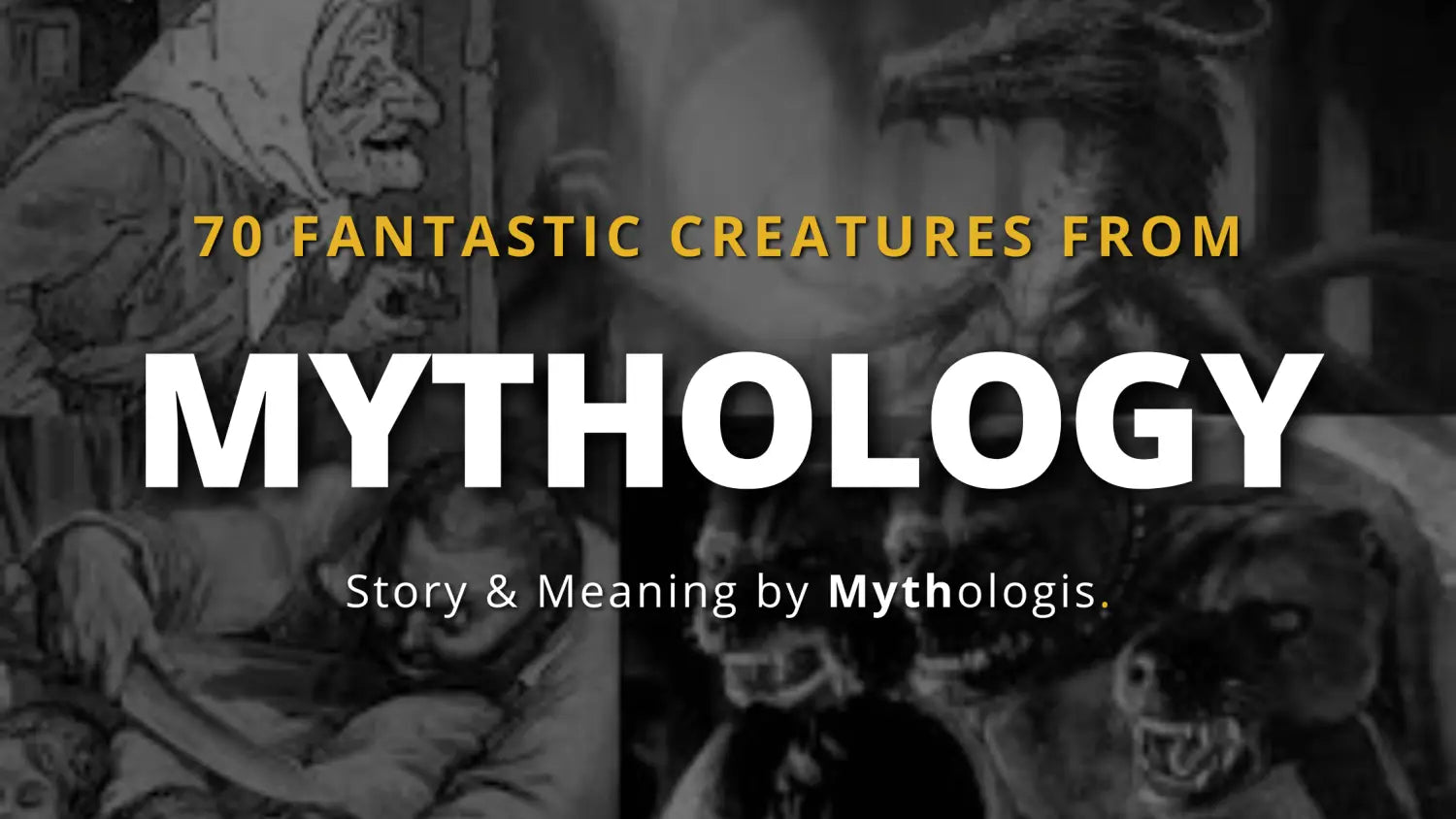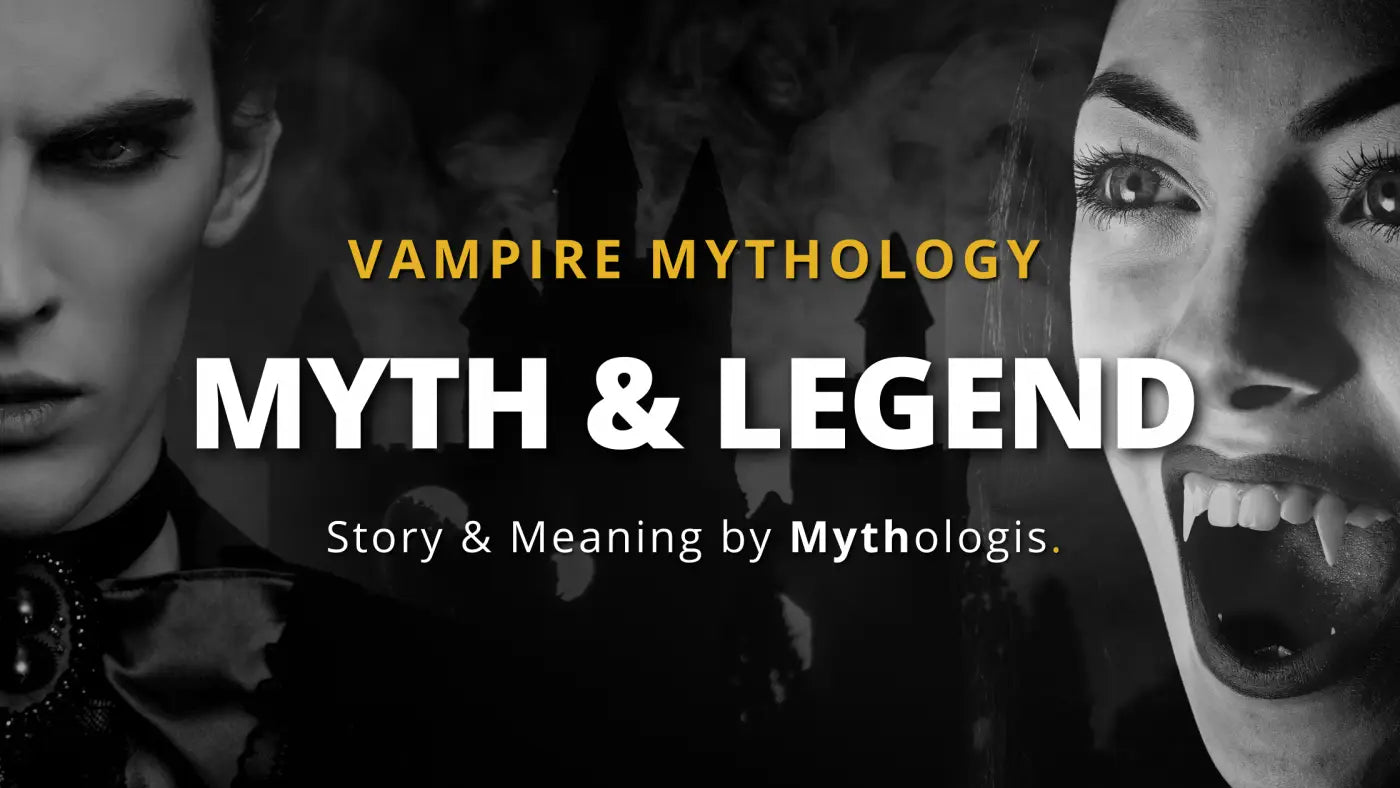Looking for a complete introduction to Australian Aboriginal Mythology in just a few minutes? You’ve come to the right place! Read on !
The mythology of the aboriginal peoples and its religious significance is built around three components.
- The first is the body of mythology itself, seen as a collection of stories.
- The second is a system of graphic designs that provide a visual form for the actions of the myths.
- The third is the country, whose creation and particularities, myth and visual art describe its origin.
Thus myth is always localized: knowledge and control of a mythic episode, and the ritual and artistic complex that accompanies it, are always reserved for the actual custodians of the sites the myth accounts for in religious and cosmological terms. The legends differ from one ethnic group to another, and since they were transmitted orally, many have disappeared or been amputated by the dramatic recent history of the aborigines.

The songs, the form in which the myths are commonly told, focus on references and keywords, which are themselves related to specific places within the country. The songs allow people to recall significant details of the sacred history of the site in question.
Fertility is the primary concern of Aboriginal religions throughout the continent; the sexual capacities of men and women are often the focus of more ambitious attempts to nurture the regenerative nature of the cosmos. Each aboriginal tribe has its own culture, so there is no common founding myth.
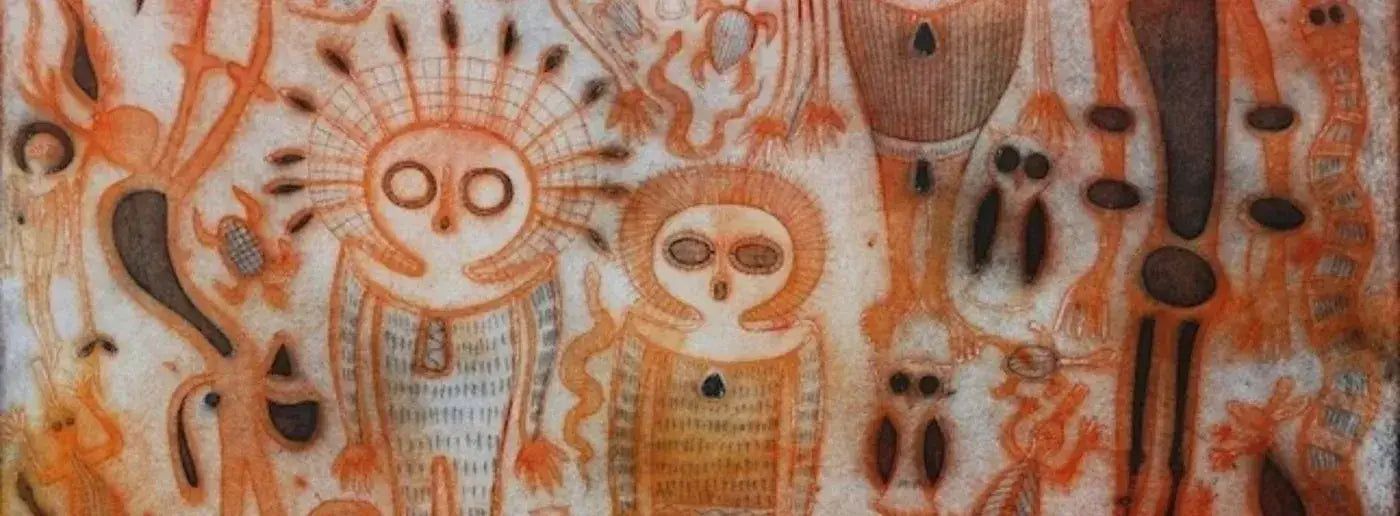
But a civilizing hero, the universal father, is found in the legends of each tribe, and each claims descent from him.
In several regions of Aboriginal Australia, the major creative beings can be men or women. In the northwest and northeast of Australia, male culture heroes are mythical figures of great importance. In the southeast, there is a single hero, Baiame, Bundjil, or Ngurunderi, and he is a man.
But in the interior, in the Central Desert and in the Northern Territory up to Arnhem Land, the main character is a woman.
Australian Aboriginal Mythology, The creation of the world
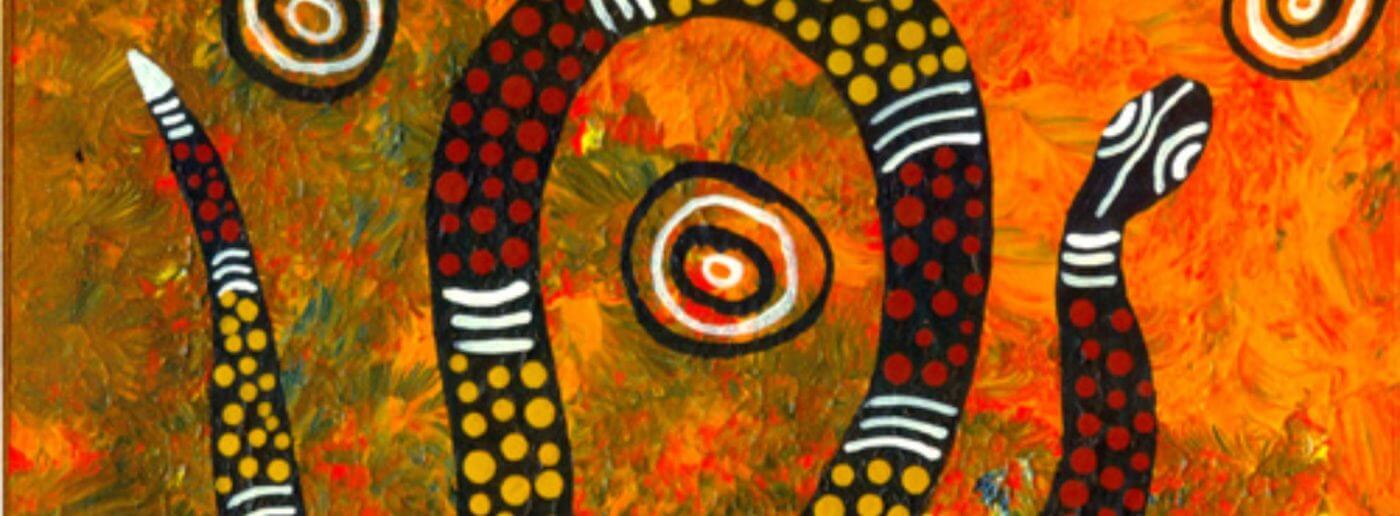
Although they are the original inhabitants of Australia, the Aboriginal population has declined sharply. Indeed, they were only 380 000 in 2012, which represents 2% of the total Australian population. Arrived at the end of the 19th century, the British settlers decimated the Aborigines. People close to nature, a quasi obligatory condition to survive in a place as inhospitable as the Australian Outback, the Aborigines also have a very developed mythology. We propose you to discover the creation of the world according to the Aborigines.
Tjukurpa: the foundation of the Australian Aboriginal Mythology

At the origins of Aboriginal mythology is Tjukurpa. This period precedes the creation of the world: everything is spiritual and immaterial. During this period, the spirits and ancestors of the Aborigines created everything that makes up the world: the earth, the rivers, the plants, the animals, etc. These spirits also gave each Aboriginal tribe hunting tools, land, totems and myths.
The spirits also created special sites where they had to be sacred (like the famous Uluru site). On these sites, the Aborigines then began to perform ritual ceremonies and music to please the spirits. It is important to note that Tjukurpa is often translated by the notion of “Dreamtime”. However, the Aborigines do not appreciate this term, judging that this expression discredits their beliefs. Tjukurpa is not however a simple period of time passed. It is a continuous era of time taking place in the past, present and future.
Diversity in Aboriginal creation myths
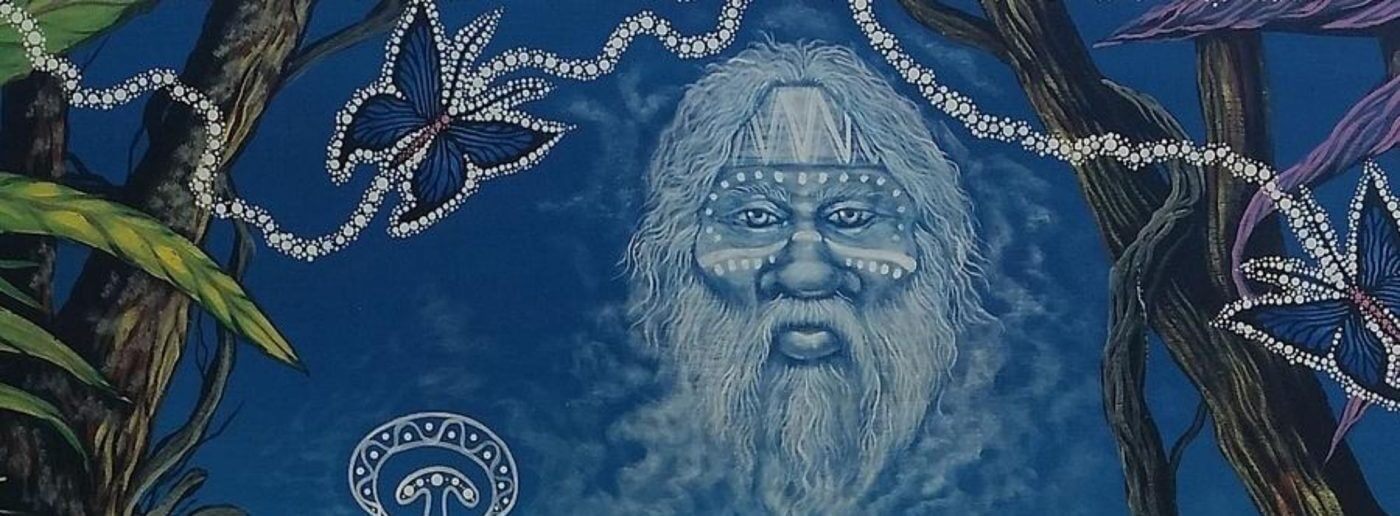
It is important to note that like the Native Americans, the Aborigines are not a single entity. Indeed, each tribe does not have the same account of the creation of the world as the others. Some studies identify up to 400 different Aboriginal language groups. There are therefore a large number of cosmogony accounts based on Tjukurpa (the Spirits create the world).
According to the Arrernte people, female spirits were dancing in a ceremony, one of them having a baby in her arms which she placed in a cradle. As the dance caused vibrations, it began to shake the Milky Way, causing the cradle to fall to Earth, resulting in the crater of Tnorala and the creation of the first man and woman.
Some astronomers believe that the cradle refers to the constellation of the Southern Crown. For its part, the Noongar people pass on a myth that the Darling Escarpment is a Wagyl, a giant snake present in Tjukurpa. By moving on the earth, this one would have created many lakes and rivers.
The evolution of aboriginal creation myths after colonization
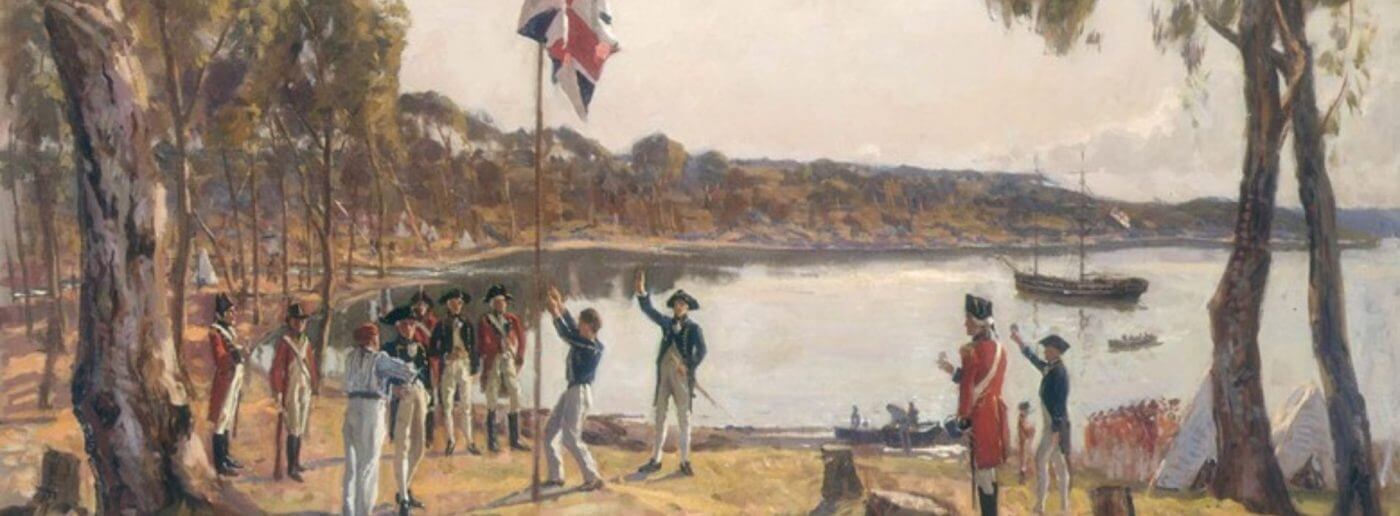
The arrival of the British settlers gave rise to many upheavals (often dramatic) for the Aborigines. The mythology of this people did not escape this phenomenon. Indeed, with the colonization of Australia by the British, a new type of myths was born: the myths featuring the colonizers. The most famous myth of this type (which has several versions depending on the people) is undoubtedly the one featuring James Cook.
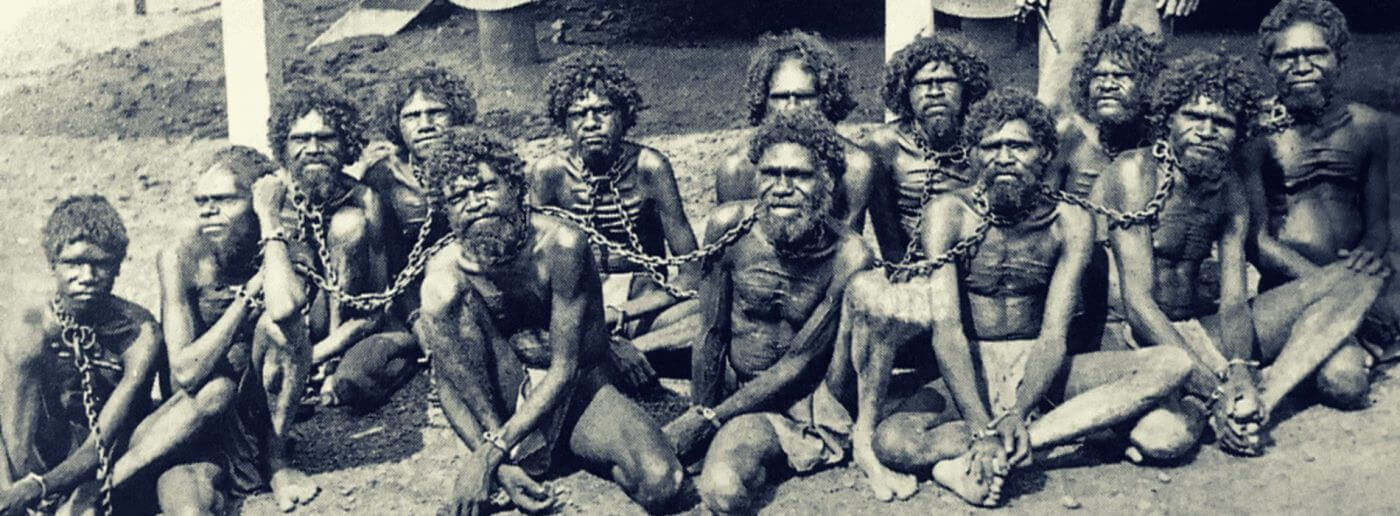
This British man was a captain in the English navy, as well as an explorer and cartographer. He was the first European to make contact with the east coast of Australia.

In the myths featuring James Cook, the captain will either offer gifts to the Aborigines of the time, or perform an action that harms the local inhabitants, depending on the version.
Most versions, however, portray Captain James Cook as an evil character. The Aborigines were thus inspired by the real facts to integrate new myths into their mythology.
Conclusion on Australian Aboriginal Mythology
Still often marginalized in today’s Australia, the Aborigines have not abandoned their mythology and their beliefs.
On the contrary, the latter have managed for some years to regain a decision-making power on the management of their sacred sites. In 2019, a new law will be passed.

This law plans to prohibit the climbing of Uluru, a sacred site of the Aborigines that has been open to visitors by the Australian government for several decades.


